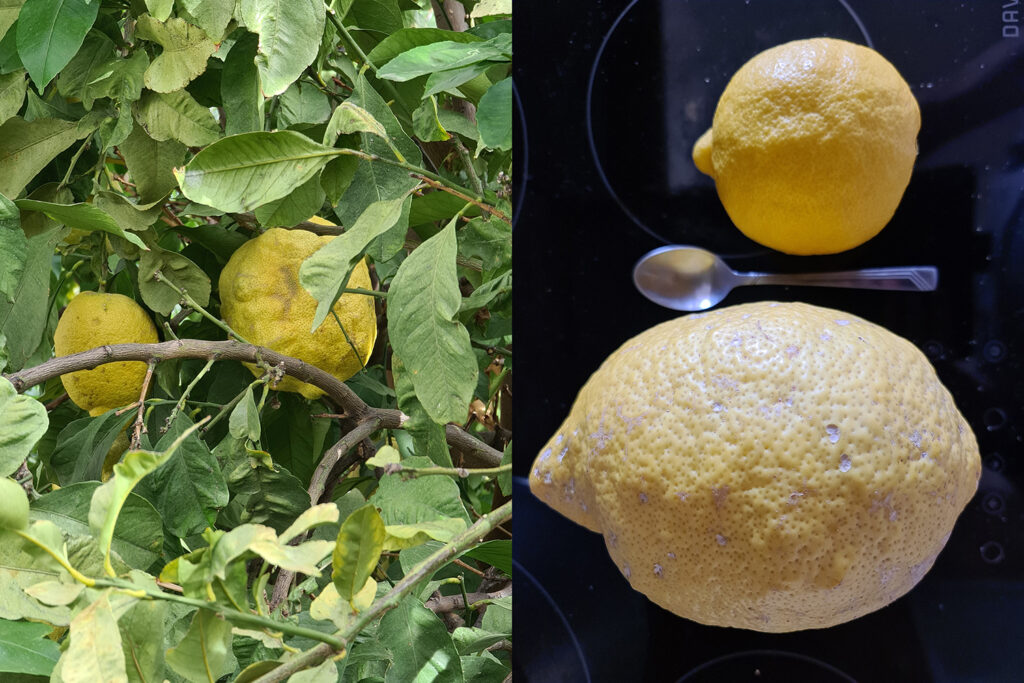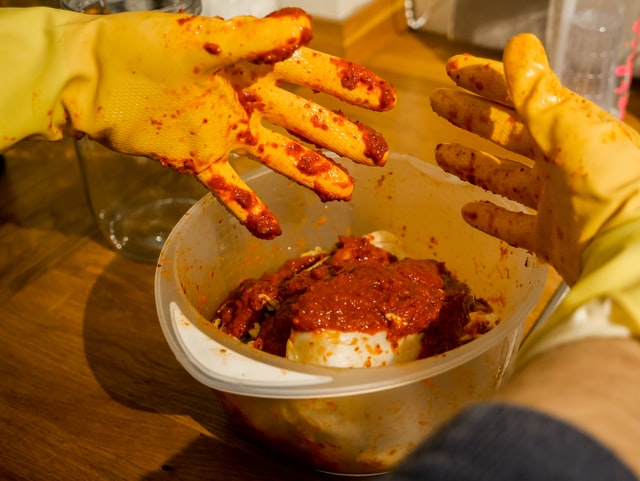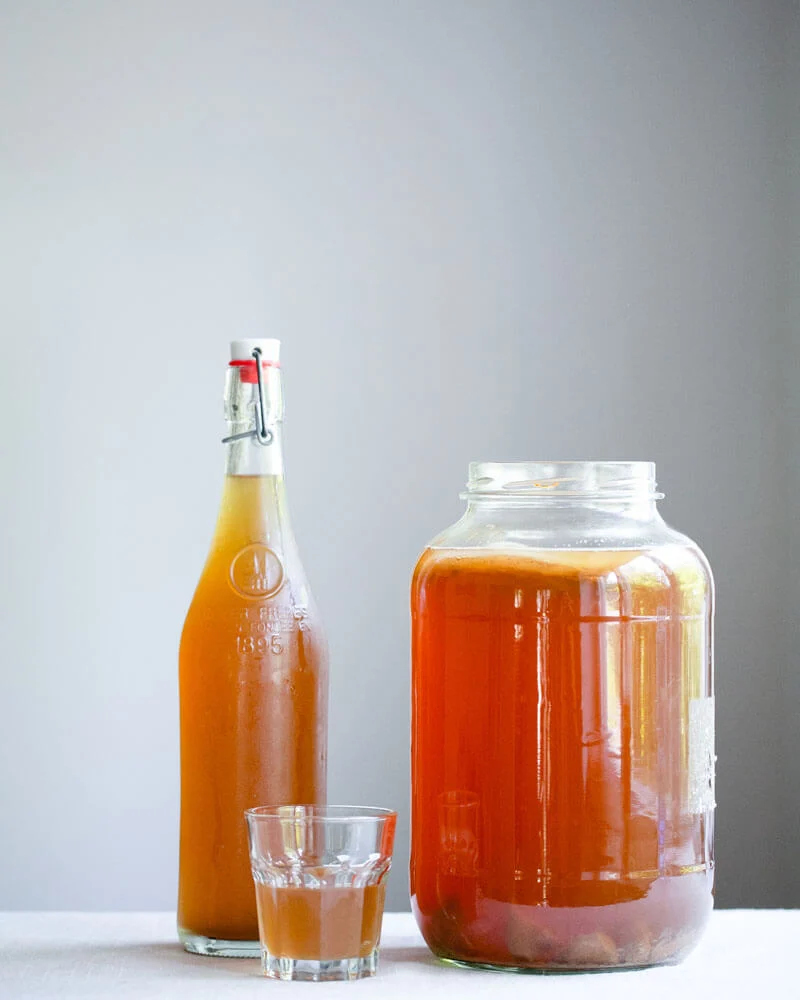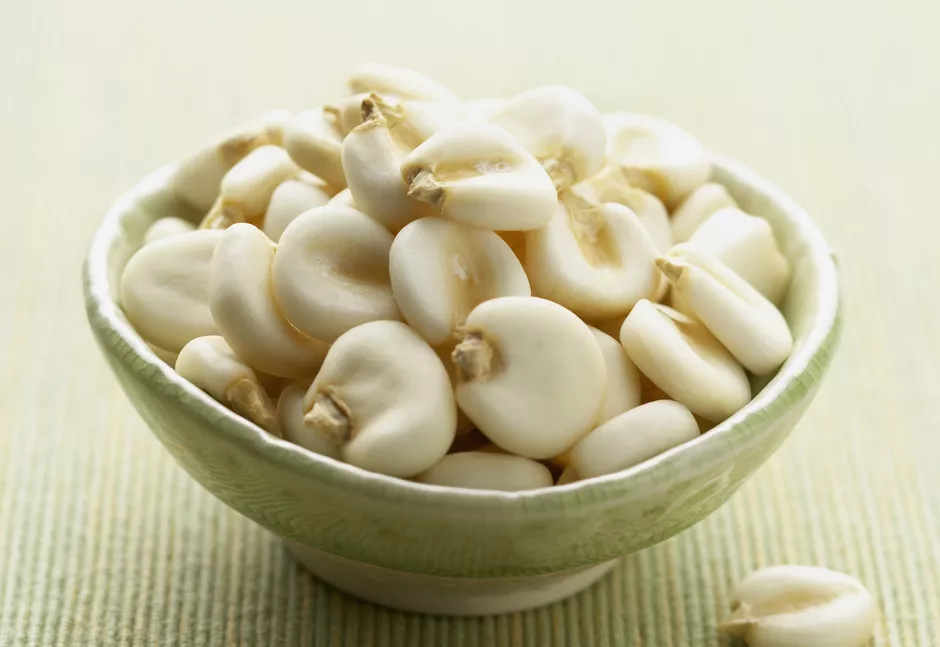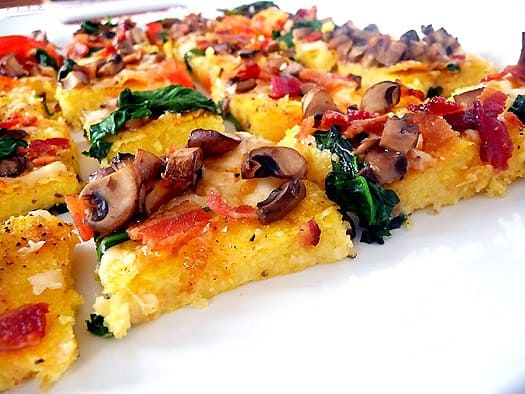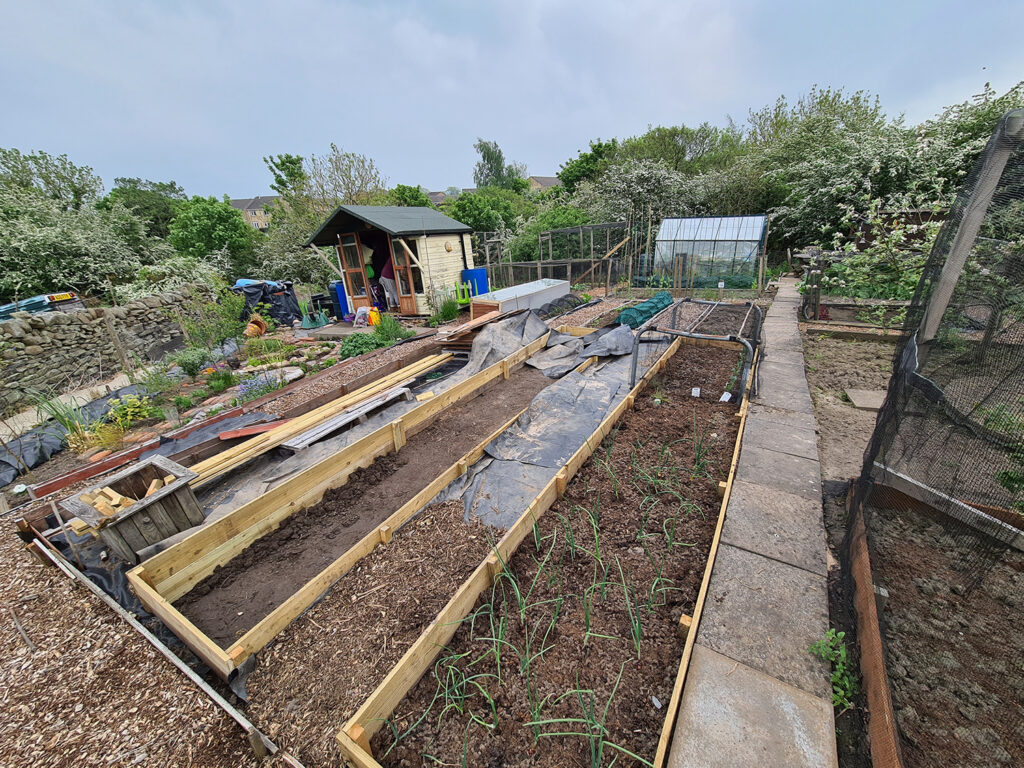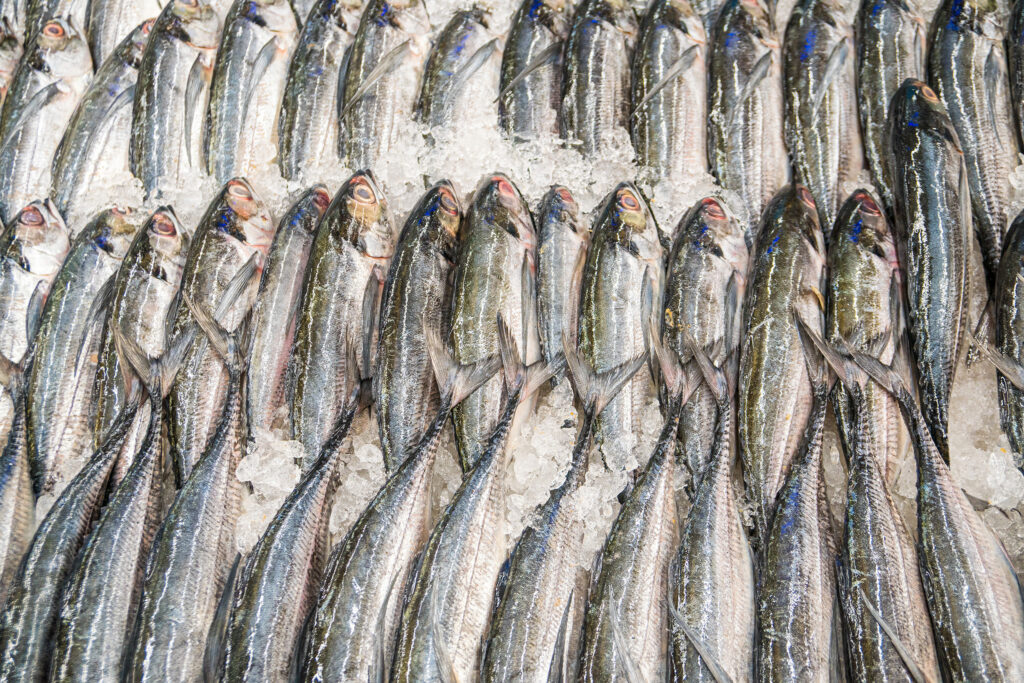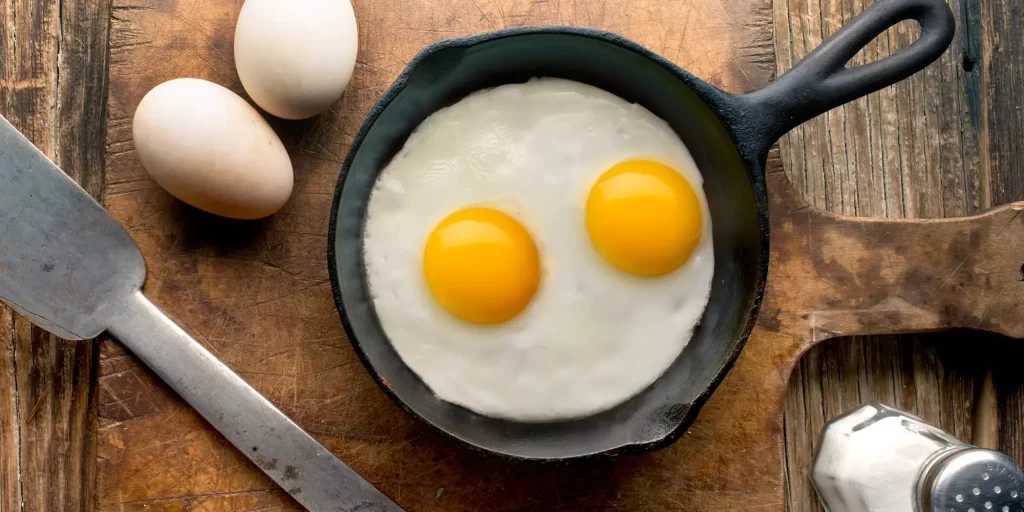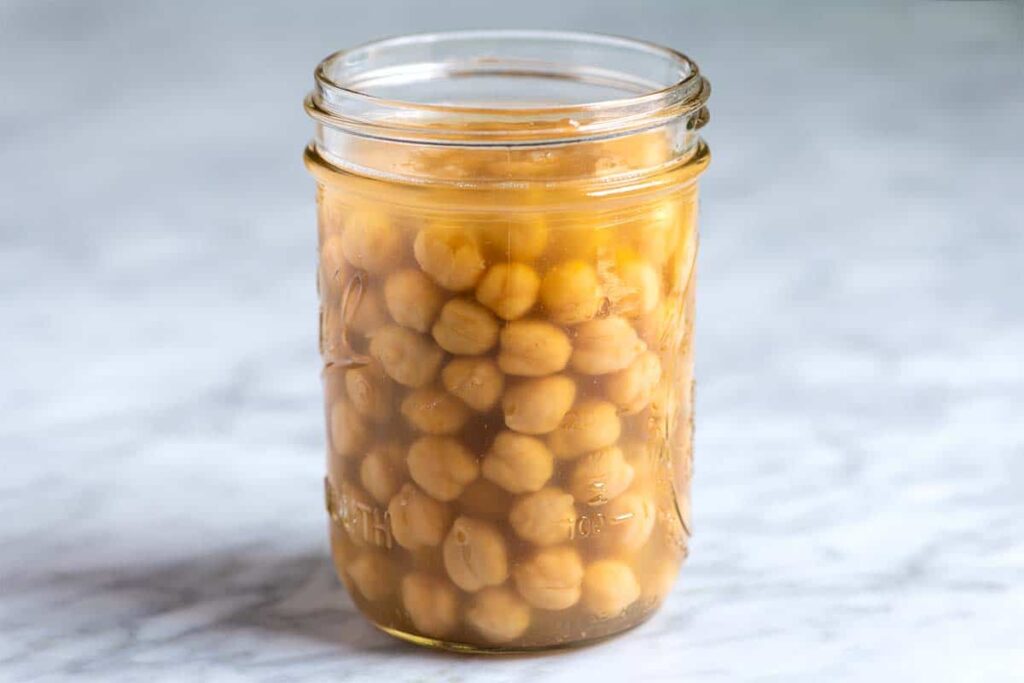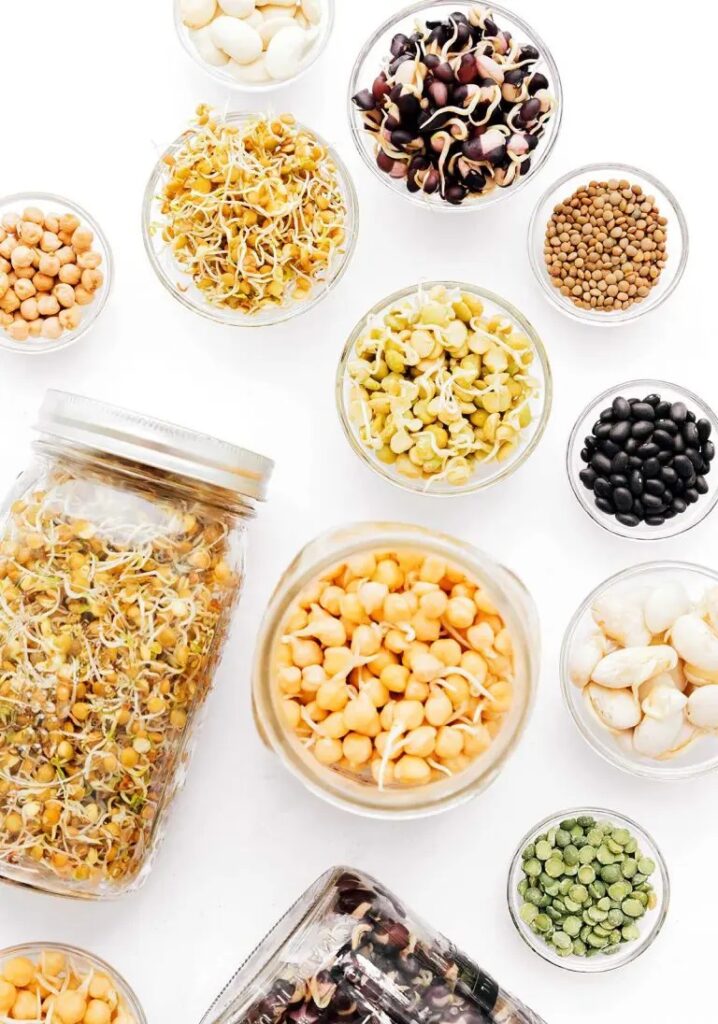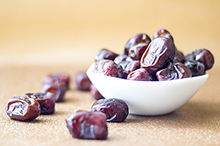
If you have seen my Theme Reveal for the A2Z Challenge 2022, then you will know that I am writing about becoming Vegetarian gradually as a response to the crisis in food supply chains sparked by the pandemic and made worse by the WAR in Ukraine. As well, I am keeping to the theme I originally planned of food which can be eaten in its own right as well as becoming an ingredient in other dishes…
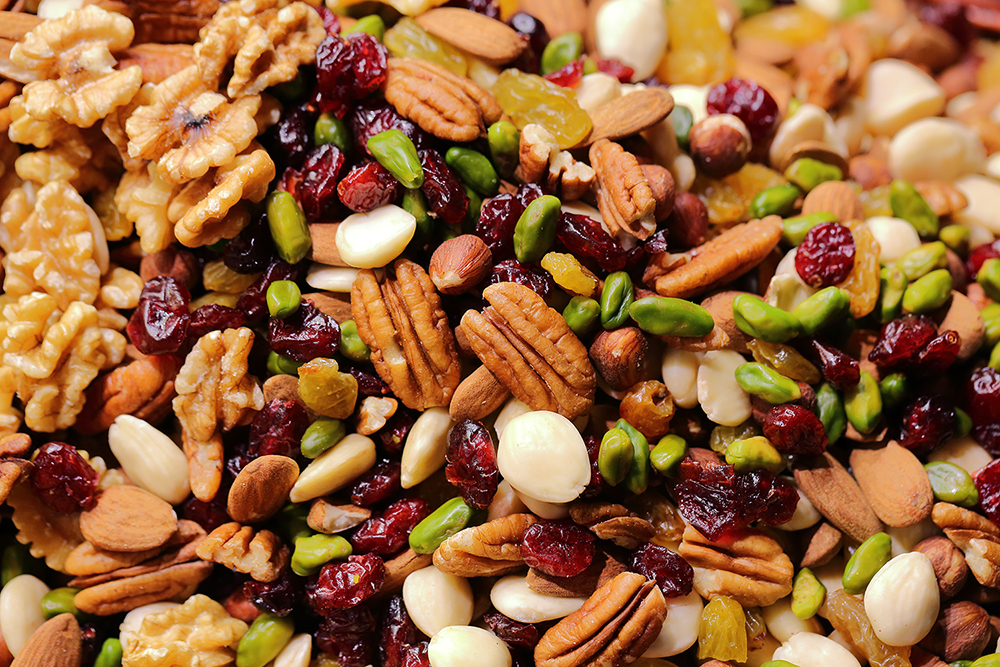
If you eschew meat, that is, give up chewing meat (sorry – couldn’t resist that) – then you need to replace that source of protein with as wide a variety of other proteins as possible, beans are an obvious one, but nuts are a very important source too. You can certainly snack ’em on their own and there is nothing more addictive than shelling your way through a pile of pistachios. Walnuts are more trouble to deshell but fortunately, you can readily buy them in their brain resembling nakedness and be saved the trouble. Once you start to use nuts as an ingredient, there are so many possibilities, both savoury and in desserts – my own favourite way of using walnuts is nestled down into a crumble topping so they are half-buried and then they toast to perfection… In fact, toasting is often required to bring out the full flavour of nuts – especially if you do buy them already shelled – this is especially true of ground Almonds which feature in the following recipe from Elizabeth David’s “A Book of Mediterranean Food” which as I mentioned before, was one of my first cooking inspirations:-
Skordalia
Ingredients – 2 egg yolks
2 oz ground almonds
2 oz fresh white breadcrumbs
6 cloves of new garlic
1/4 pint olive oil
juice of 1/2 lemon
parsley
1. Blitz the garlic and egg yolks together and then drip the olive oil in to form a garlic mayonnaise known in Greece as Aioli
2. Add the breadcrumbs and ground almonds (after warming the almonds for a minute or two in a medium oven – they shouldn’t be browned at all)
3. Stir in the lemon juice and parsley and you have Skordalia which you can use as a condiment to accompany other dishes or…
4. I like to prepare a load of vegetables and chickpeas and bring them all together, hot, and mix the Skordalia into it so that it melts into sauce binding them together. So Chickpeas boiled, onions and mushrooms fried, green beans, peppers, boiled – choose your own mix…

One of my other foundational cookbook reads on Chinese Cooking, would have described this as an “assembled dish” and if you use that other great tool South-East Asian cooking, the Wok, then you can add nuts to your stir-fries – cashews, walnuts, peanuts – whatever you have to hand. Peanuts, incidentally are not so much a nut as a bean that grows underground – peanut butter (and other nut butters) are also a great ingredient in savoury dishes. In the days when I allowed myself to eat such things, this was my
Ultimate Comfort Food
1. Toast two slices of granary bread
2. Butter the toast and spread Ginger Marmalade on one and Peanut Butter on the other
3. Cut a thin slice of very hard Ice Cream and sandwich between the two slices of toast – eat whilst the toast is hot and the ice cream cold…
And so to “Nature” Naming…
We all want to eat healthy and wholesome food, but when food is produced industrially, then, by it’s very nature, it needs to be sold to us as such and so marketing is employed to convince us that these offerings are as healthy and wholesome as food we might concoct ourselves rather than what it is – highly processed with all the concomitant issues – preservatives, flavour-stretching, bulking out. Marketing makes use of all sorts of buzzwords to achieve its ends so let us examine some of the words used to sell us food and see which are meaningful and which are not – in no particular order:-
Organic – means produced on an organic farm where only certain substances are allowed to be employed in growing the food – if true then this is a good and meaningful label, but Organic carries a high premium price so it can be open to food fraud…
100% Wholemeal – I discussed this in H – it sounds great but really means deconstructed grain reassembled – so white flour with bran and toasted wheatgerm – better than white flour but not as good as it sounds. Stoneground will give you a slow release of energy.
Free From – this covers a lot of things such as Gluten Free and I am sure some people think that “Ooh – gluten free – that must be better, right?” Wrong, unless you are allergic to gluten.
Sugar Free and No added Sugar are two more confusingly similar terms – sugar free usually means that something has artificial sweeteners some of which are addictive, or cause diarrhoea when eaten in excess and who knows what effect all these chemicals will have in the long run. No added Sugar means what it says, but many foods are high in sugar so you still need to check the nutrition guide where it says Carbohydrate […] Of which Sugars […].
Halal and Kosher – these are religious food terms and generally relate to avoiding prohibited foods such as pork but they also mean that meat has been slaughtered in a particular way. An example is gelatine – it is not prohibited in Islamic eating , but it must have been made from animals slaughtered in a Halal manner… Interestingly Christianity which grew out of Judaism and was followed by Islam – all worshipping the same god, Christianity has no food prohibitions as the other two do.
I mentioned bulking out – food production has byproducts – you make cheese, you get left with Whey – what to do with it, because throwing stuff away has a cost. So whey, which is protein, is used to bulk out any suitable foods, goes into animal feeds and of course, is sold at a high price to body-builders – like I said – bulking out!



